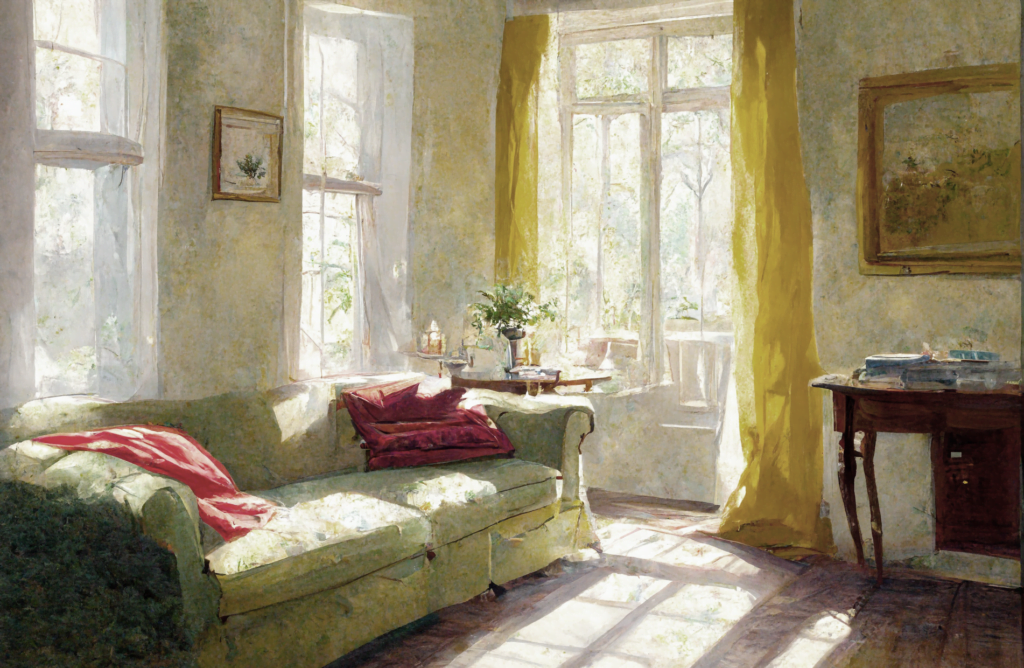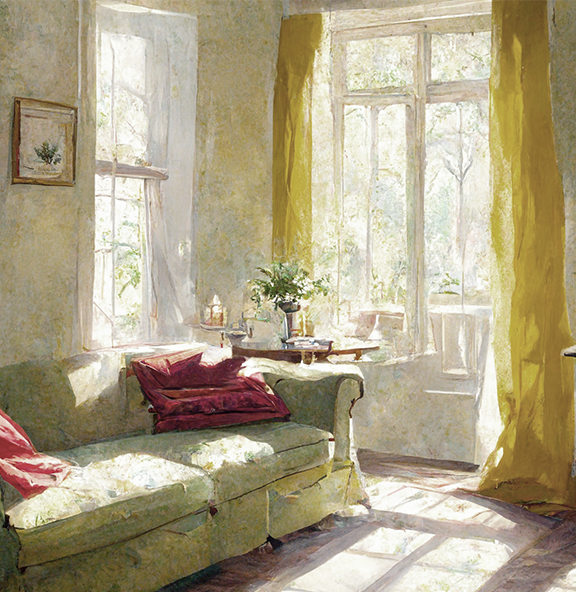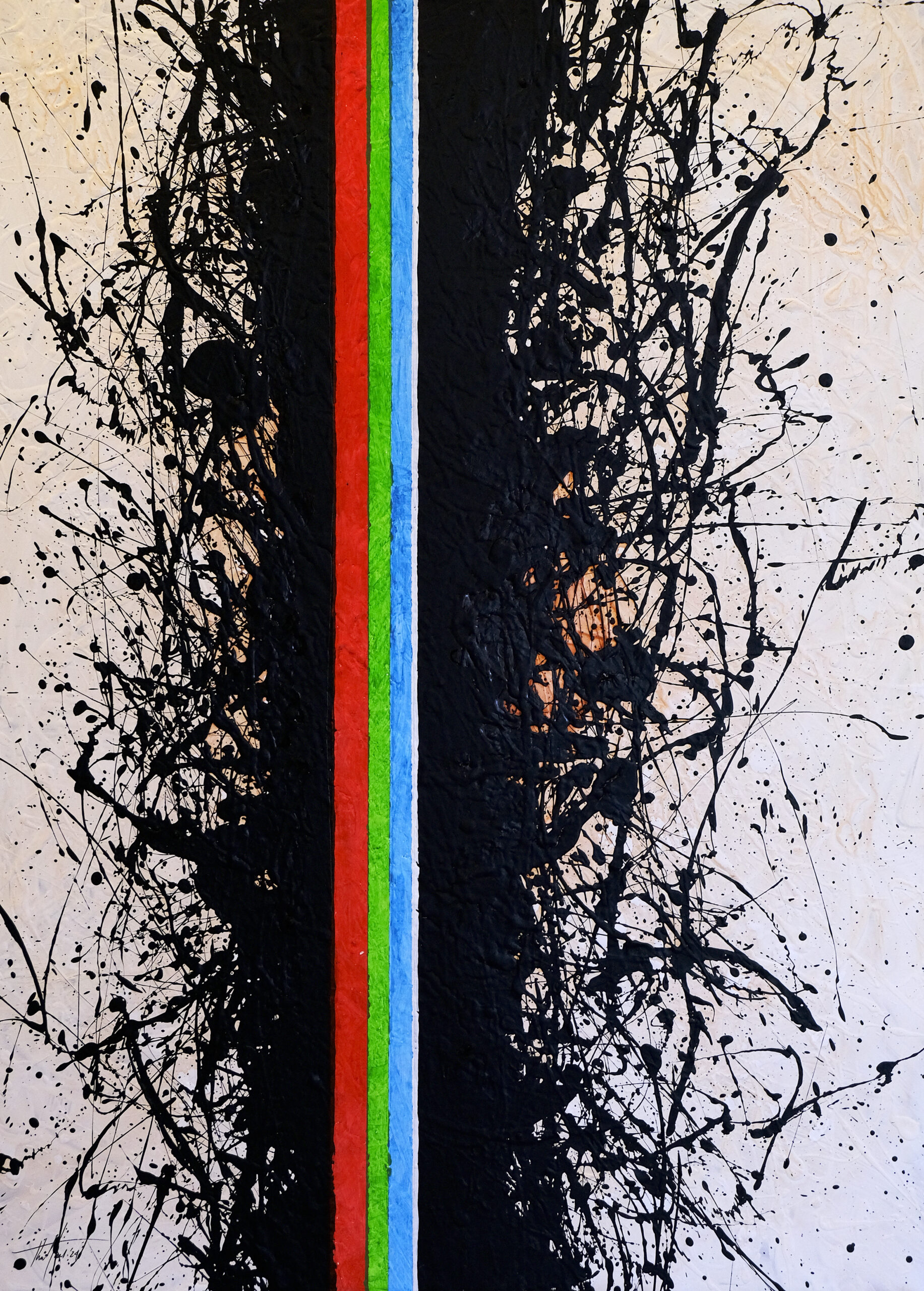Its essence, pure design touches the sign of God. Is that too much to claim, this connection between design and God?
Consider for a moment the design of our world, the starry heavens above the mountains and the marsh below, the fire within and the clouds adrift, rivers flowing, and hummingbirds suspended in midair drinking the nectar of honeysuckles.
Now let us go deeper still and imagine upon the substrate of this world the construct of our vast cities. New York, Moscow, London, Johannesburg, Shanghai, Istanbul, and others. Within each of these matrices are a thousand and one buildings, each with an intricately woven network of spaces through which course electricity and energy, and information. But most importantly, what resonates through these interior worlds are the stories and memories of our lives.
Throughout the ages, from time immemorial to this day, the character and tenor of our interior environments have shaped us as we have shaped them. Our earliest dwellings and interior spaces, such as those found in the remnants in Çatalhöyük, or the ultra-futuristic and AI-driven smart apartments envisioned for the Line project in the Kingdom of Saudi Arabiya, all share the same purpose and baseline objectives, to house and shelter human beings, each of us with our unique and personal stories.
Nothing touches the human experience more than the interior spaces within which we live and experience the colors of life. build our memories. We experience our loneliness, our togetherness, joy and sadness, our pain, and our freedom, all of it in the confines of our rooms, homes, workplaces, hotels, resorts, schools, churches, temples, museums, opera houses, restaurants, prisons, courtrooms, and so on and so forth.
I still remember my early childhood in our family living room. I remember the rays of sunlight shining across the laced cotton curtains in the living room. The thin transparent curtains were often gently impregnated with the garden breeze wafting in through the open French window. I remember the color of the painted window trims. They were white, with parts flaking off. A large abstract painting hung over a yellow velvet sofa that sat against the pale olive-green wall. The color of the wall at once gave me a sense of comfort and an indescribable sense of mystery – I still feel it now as I recall that color. I remember the patterned sunlight on the crimson woven rug with frayed edges.
All these fragments of images are part of just one snapshot amid countless memories and emotions that create the tapestry of my personal life, navigating through rooms and interior spaces. A stream of immersive experiences made from colors, shapes, objects, textures, lights, and shadows.
Elements of the Inner Story
Interior spaces and environments have unique relationships and similarities with the inner spaces of our lives. Our emotions, and private thoughts, form the stories we carry within us, and the stories that shape us. In a similar vein, like any resonant work of fiction or poetry, effective interior architecture and interior designs create resonant arcs of experience and tell stories with elements of a design like words on paper, written by inked swords.
For interior design, the elements of the story are comprised of colors, textures, objects, flow, events, and other visual and experiential nodes, or “characters” that populate the plotline. A vintage sofa with period fabric and a carved mahogany frame is a powerful character illuminated by a retro tinted-glass lamp, creating a dialogue that fills the space of the room, no different than two strangers sitting in a hole-in-the-wall bar on a random night sharing the tortured stories of their lives with each other. The elements of design are characters, whereas the room becomes a chapter in the book.
Of course, this analogy can be extended and stretched and rendered endlessly to create any desired narrative, but the salient point remains as the correlation between the interior spaces we design and the emotions and memories that populate our interior lives. And it is here that the power of interior spaces is underscored.
This notion of the connection between inner and outer spaces warrants special care from the designer, one who is astute to the subtleties and nuances of what moves human beings. Of course, this is not a new concept. For decades, and even before that, we have understood the connection between interior spaces and exterior or outdoor spaces and have sought to create connections either through open and blended spaces or through view corridors. As architects and designers, we have explored this relationship in endless ways over the course of our preoccupation with creating our built environment.
In fact, the very concept of a wall section detailed with its exterior façade facing the elements, its insulation and flashing defines a relationship between exterior and interior elements, shielding the occupant from the weather, providing shelter and security, embracing and warmth, and defined space in an infinite bound. The power of limits to create meaning is all told by the common construction of a wall and a roof. But there is another aspect to the power of interiors that we often miss.
Neural Syntax and Interior Dimensions
The deeper and more sublime realization of design is perhaps that is intended for the human experience. Humans are inherently conscious beings experiencing their lives in a matrix of variables through neural patterns and tapestries that interpret and create meaning and action.
This neural fiber, in essence perhaps the sinews of consciousness, as far as we can surmise, is then the very portal through which design is experienced by users of the designed work. This creates yet another fold in the potential for the creative force. Imagine, if you will, for a moment: the pale olive color of the wall I referenced earlier, entering the iris, hitting the retina, and firing along the optic nerve to the lateral geniculate nucleus on its way to the visual cortex. Once there, it fires patterns across the hippocampus like lighting in the thunderous night illuminating cognitive maps in the landscape. All of this awakens the crenulations in the cerebellum and gives rise to a flood of light passing through the amygdala, raising the heart’s pulse, and bringing tears to the eyes. Quite a complex process, isn’t it?
We take all of this for granted. Color. Now add texture, and compound the experience with the sense of tactile touch running across the wall’s surface… The fluid world of colors and shapes and forms we constantly move through, navigation through shifting light and shadow enliven us, and at times haunt us.
So, it gives me pause, when we place pen to paper to design a new story, how deeply do we listen to our own inner voice and those of our clients and the users of spaces and the environments we design? Our cities, buildings and interior spaces form and tell a continuum of stories that either empower us or destroy us. The question is then, what responsibility do we as designers have in conscientiously creating experiences that empower and sustain the human spirit, and elevate us to a better place?






